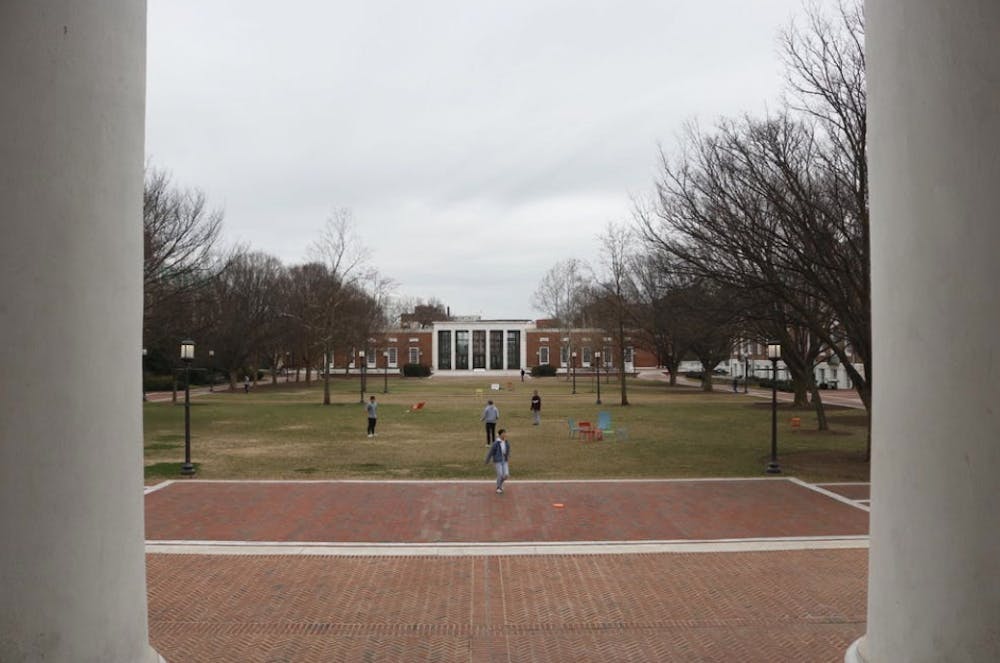When University President Ronald J. Daniels announced that the semester would be entirely remote in his August 6 email, he noted that tuition would be reduced by 10 percent and that the Office of Financial Aid was allocating $15 million in additional assistance money. Heading into the fall semester, students who requested additional aid are ultimately pleased with their grants, but feel that they lacked support throughout the process.
In an email to The News-Letter, Assistant Vice Provost for Financial Aid and Director of Student Financial Services Tom McDermott noted that the Office of Financial Aid is now expecting to give out $18 million in additional aid as a result of the pandemic.
According to him, $4 million went towards eliminating the expectation of summer savings, a projection of $11 million for appeals and another $3 million for students who are unable to secure work-study jobs because of the pandemic.
Junior Elizabeth Mensah noted that, for students on financial aid, the 10 percent decrease in tuition actually increased the amount of money some owed the school. This is because their Expected Family Contribution (EFC) remained the same even after tuition decreased — from a financial aid standpoint, it seemed as though the students could pay a larger percentage of tuition, and as a result they received smaller grants.
“I expected more personalized help during the pandemic than we have received so far,” Mensah said.
McDermott further explained this phenomenon in an email to The News-Letter.
“Financial aid determines need as follows: Cost of attendance (COA) – Estimated Family Contribution (EFC) = Calculated Need. Given that many students’ living situations changed (living at home vs. on or off-campus), and the 10 percent reduction to fall tuition, the 20-21 COA is lower for many students,” he wrote. “Their EFC, which is based on each family’s particular financial circumstances and is not affected by changes in cost, is the same. This reduces the calculated need, lowering the amount of aid needed to meet 100 percent of calculated financial need.”
Mensah added that the financial burden the pandemic placed on many families means the EFC, which was calculated in January, no longer reflects a family’s financial situation.
“Even if our parents had saved money for us to go to college or to pay for housing, many people’s parents have lost their jobs in the pandemic, so that EFC is not even applicable anymore,” she said.
Additionally, students have reported delays in grant approval.
Junior Riley Groeschel noted in an email to The News-Letter that such delays are stressful for students applying for aid.
“I applied for a computer grant, and while it took them more than a week to get back to me, I got the full amount I requested,” he wrote. “Overall, I think that, while they’re taking ages to respond to many students’ requests, they’re generally giving a sufficient amount of aid to students who need it.”
According to McDermott, the Office of Financial Aid has received 1,600 requests for additional aid since August 6. So far, they have awarded aid to over 650 students and will award more once students submit the necessary supporting documents.
Junior Romila Santra highlighted that the delay in grant processing was likely due to an overwhelming number of requests; however, she noted that the process required a lot of self-advocacy.
“Receiving my grants involved a lot on my part,” she said. “It required finding the forms I needed to submit to get the aid I needed, as well as following up and calling the Financial Aid Office.”
Mensah also wished for better communication from the Office of Financial Aid.
“A lot of students were not even aware that they could get a grant for computers,” she said. “I didn't know how to actually request such a grant until I asked my advisor.”
In addition to being unsure about how to apply for grants, students were confused about where the money came from.
Santra noted that her financial aid for the spring semester went down once her grants for the fall were approved.
“Originally I’d gotten a certain amount for the fall and the spring, but after they’d processed my appeal for my lease and computer grant, I noticed that while my fall grant was now significantly bigger, my spring grant had gone down a bit,” she said. “The net amount of increase and that grant for the fall did increase significantly, but... they weren’t just giving out money.”
Groeschel said that grants to cover leases were especially relevant given the last-minute cancellation of in-person instruction.
“They told us that we’d get their decision of whether school would be in-person, hybrid or completely online by the end of July, but didn’t tell us until around halfway through August that school would be online,” he wrote. “This left a lot of students, including myself and my roommates, scrambling to figure out what they were going to do about their leases that they signed months ago.”
Santra is grateful to have received a grant to cover her Baltimore lease while she is at home this semester because she knows her apartment will be there in the spring if she chooses to return. She expects a clear plan from the University to help her make her decision regarding the spring semester.
“My expectations for the University would just be to keep a clear line of communication for what they’re planning to do going ahead and provide a clear plan for people,” she said.
Groeschel agreed that the University needs to prioritize the needs of its students.
“I don’t expect any institution to handle [the pandemic] perfectly, but I’d want to see our university, which is at the forefront of this health crisis, to handle the treatment of its students better,” he wrote.
McDermott urged students in need to follow the reconsideration of aid procedures if they feel they are not being adequately compensated.





